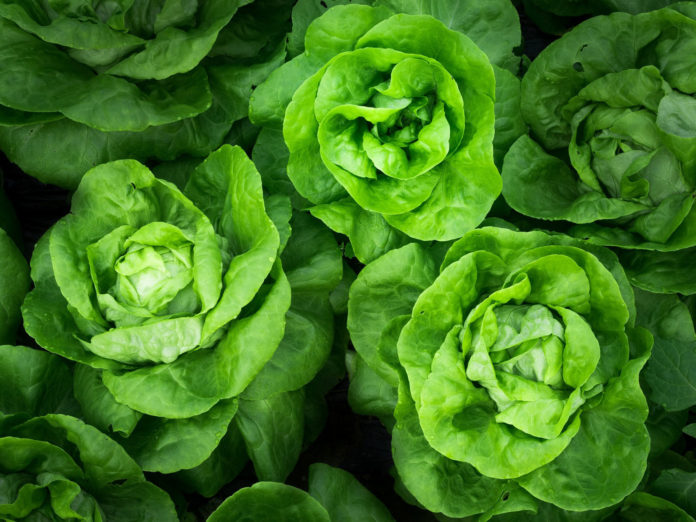Scientists from the Kennedy Space Center have recently reported the successful cultivation of a salad crop—red romaine lettuce of the ‘Outredgeous’ cultivar—onboard the International Space Station (ISS). This space-grown red romaine lettuce is as nutritious as counterparts grown on the Earth.
According to scientists, the lettuce is free of disease-causing microbes and safe to eat and is at least as nutritious as Earth-grown plants. This is despite being grown under lower gravity and more extreme radiation than on Earth.
Dr. Christina Khodadad, a researcher at the Kennedy Space Center, said, “The ability to grow food in a sustainable system that is safe for crew consumption will become critical as NASA moves toward longer missions. Salad-type, leafy greens can be grown and consumed fresh with few resources.”
Aside from a much-needed development in diet, new produce would furnish astronomers with extra potassium just as nutrients K, B1, and C—nutrients that are less abundant in pre-packaged rations and will, in general, degrade during long-term storage. Furthermore, growing crops would be particularly helpful on long-distance space missions, similar to the up and coming to Artemis-III missions, the current SpaceX program, and NASA‘s first crewed mission to Mars, planned for the late 2020s.
Khodadad said, “The ability to grow food in a sustainable system that is safe for crew consumption will become critical as NASA moves toward longer missions. Salad-type, leafy greens can be grown and consumed fresh with few resources.”
Space-grown lettuce was similar in composition to the Earth-grown controls, except that in some (but not all) trials, space-grown plant tissue tended to be more abundant in elements such as potassium, sodium, phosphorus, sulfur, and zinc, as well as in phenolics, molecules with proven antiviral, anticancer, and anti-inflammatory activity. Space- and Earth-grown lettuce also had similar levels of anthocyanin and other antioxidants, which can protect cells from damage by free, reactive oxygen radicals.
Using next-generation DNA sequencing technology, scientists examined the microbial communities growing on the plants. They identified the 15 most abundant microbial genera on the leaves and 20 in the roots. They found that the diversity and identity of these microbes were similar for space- and Earth-grown lettuce.
Scientists noted, “This similarity was surprising, given the unique conditions in the ISS: the scientists had instead expected that these would favor the development of distinct microbial communities.”
“Importantly, none of the detected bacteria genera are known to cause disease in humans. Further tests confirmed that the leaves never carried any dangerous bacteria known to occasionally contaminate crops, such as coliform E. coli, Salmonella, and S. aureus. At the same time, the numbers of fungal and mold spores on them was also in the normal range to produce fit for human consumption.”
“Hence,” scientists concluded, “lettuce grown in space-borne Veggie units is safe to eat.”
Co-author Dr. Gioia Massa, a project scientist at Kennedy Space Center, said, “The International Space Station is serving as a testbed for future long-duration missions, and these types of crop growth tests are helping to expand the suite of candidates that can be effectively grown in microgravity. Future tests will study other types of leafy crops as well as small fruits like pepper and tomatoes, to help provide supplemental fresh produce for the astronaut diet.”
The study is published in the Frontiers in Plant Science.
